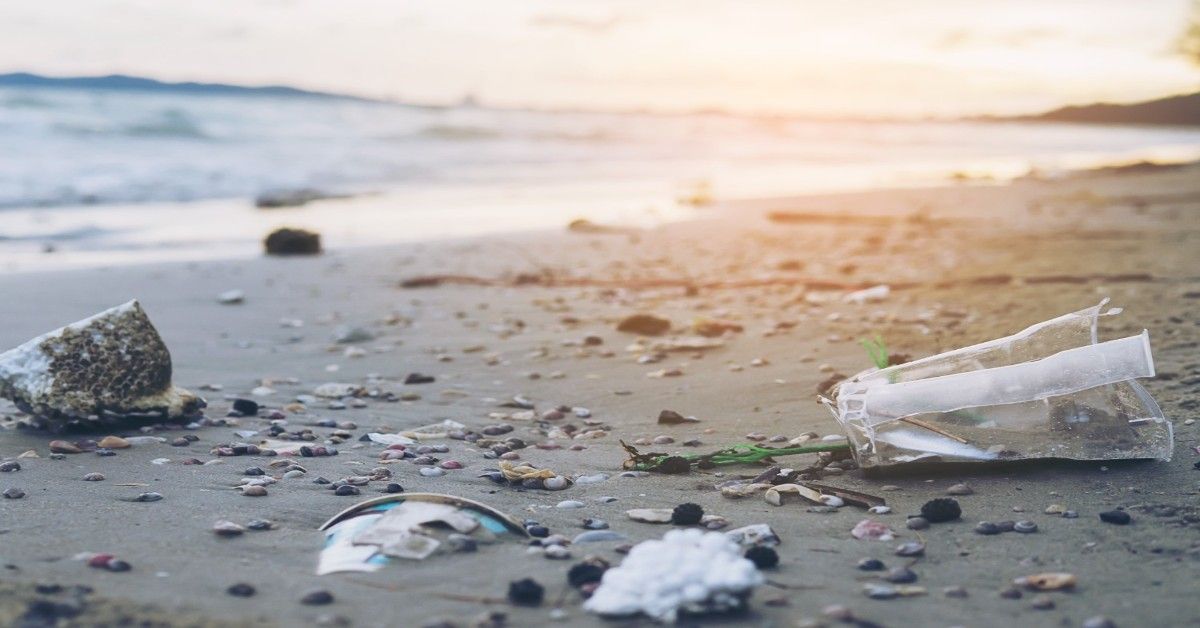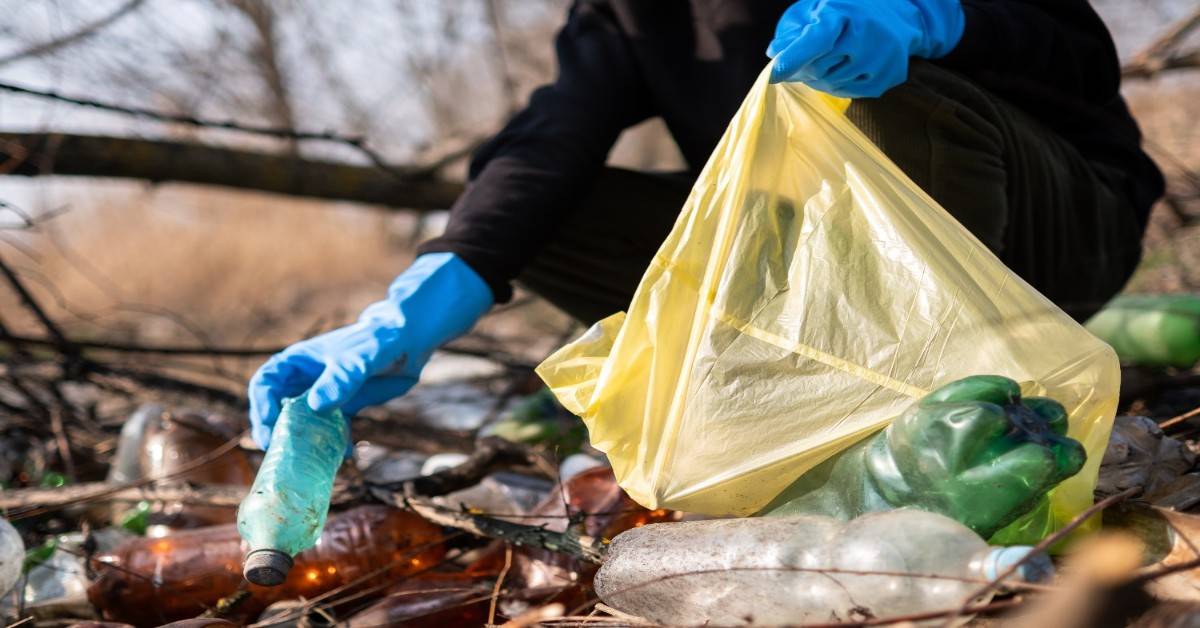Plastic Kills: How India’s Growing Waste Crisis Is Claiming Lives
You’ve seen plastic waste everywhere—clogging drains, littering streets, piling up in landfills. But what if I told you it’s not just an eyesore? Plastic is killing people. Quietly. Relentlessly. Across India, from bustling cities to remote villages, plastic pollution has escalated into a public health emergency. Let’s unpack the grim reality—and why this crisis demands urgent attention.
What does “Plastic Kills” Really Mean?
When activists say “plastic kills,” they’re not exaggerating. It’s literal. Think:
Choking Hazards: Stray animals ingest plastic bags, leading to fatal blockages.
Toxic Leachates: Burning plastic releases carcinogens like dioxins into the air.
Flooded Streets: Clogged drains during monsoons cause drownings.
Contaminated Water: Microplastics in drinking water linked to cancers, organ damage.
In India, where waste management systems are strained, plastic isn’t just inconvenient—it’s lethal.
How Many Lives Does Plastic Claim Each Year in India?
Hard numbers are scarce—many deaths go unreported or misclassified. But here’s what we know:
1,200+ deaths annually from plastic-clogged drains during floods (Central Pollution Control Board, 2022).
60% of cattle deaths in urban areas tied to plastic ingestion (Animal Welfare Board, 2021).
12,000+ landfill workers die yearly from chemical exposure (Toxic Links Report, 2023).
And these are conservative estimates. The true toll? Likely higher.
Timeline of Events: When Did Plastic Become a Killer?
1990s: Plastic packaging explodes in popularity. India produces 3.4 million metric tons yearly.
2009: Delhi reports first flood deaths linked to plastic-clogged drains.
2016: National Green Tribunal fines states for poor waste management.
2018: Stray cow in Jaipur dies with 35kg of plastic in its stomach—sparks national outrage.
2022: Mumbai floods kill 14; 80% of drains blocked by plastic waste.
2023: Kerala reports spike in cancers near plastic recycling hubs.
“We’re Breathing Poison”: Voices From the Ground
“My son died because the ambulance couldn’t reach us—the streets were flooded with plastic waste.” — Reshma, Mumbai slum resident.
“Every cow we autopsy has plastic in its stomach. It’s a slow, painful death.” — Dr. Vikram Patel, Ahmedabad veterinarian.
“Landfill workers earn ₹200 a day. They pay with their lives.” — Ravi Agarwal, Toxics Link NGO.

The Hidden Culprits: Beyond Straws and Bags
We blame plastic bags, but the crisis runs deeper:
Multilayer Packaging: Chip bags, shampoo sachets—non-recyclable, often burned.
Microplastics: From synthetic clothes, cosmetics. Enter food chains via rivers.
E-Waste Plastic: Casings of discarded phones, TVs release toxins when dismantled.
Why Isn’t Banning Plastic Working?
India banned single-use plastics in 2022. So why does the problem persist?
Poor Enforcement: Small vendors still use banned items; fines are rarely imposed.
No Alternatives: Cheap biodegradable options remain inaccessible.
Lobbying: Plastic manufacturers push back, citing job losses.
Result? India generates 9.4 million tons of plastic waste yearly—and recycles just 30%.
Oceans Under Siege: How Plastic Chokes Marine Life
India’s 7,500 km coastline is drowning in plastic. The Indian Ocean now carries 1.3 billion tons of plastic waste, affecting 90% of marine species (UNEP, 2023). Turtles mistake plastic bags for jellyfish, whales starve with stomachs full of trash, and coral reefs suffocate under microplastic layers. For fishing communities, the damage is dual:
Collapsing Catches: 40% decline in fish stocks off Kerala and Tamil Nadu since 2018 due to habitat loss.
Toxic Seafood: 67% of Mumbai’s market fish tested positive for microplastics (ICAR Study, 2023).
“My nets now haul more plastic than fish,” laments Ramesh, a Tamil Nadu fisherman. Without intervention, India’s seafood industry—employing 28 million people—faces collapse.
Government Policies: The Gap Between Law and Reality
While bans grab headlines, India’s Extended Producer Responsibility (EPR) 2022 mandates brands like Unilever and PepsiCo to recycle packaging. But loopholes abound:
Greenwashing: Companies claim “partnerships” with NGOs but lack transparency.
No Penalties: Only 12% of producers met 2023 recycling targets (CPCB Report).
Meanwhile, the Swachh Bharat Mission allocated ₹62,000 crore for waste management—yet 60% of funds remain unspent due to bureaucratic delays.
From Waste to Wealth: Indian Innovators Fighting Back
Grassroots pioneers are turning trash into solutions:
Plastic Roads: Dr. Vasudevan’s method (patented in 2006) blends plastic with asphalt—used in 50,000+ km of roads across 11 states. Chennai’s roads last 3x longer, reducing pothole deaths.
Fuel from Foam: Hyderabad’s Banyan Nation converts Styrofoam into diesel—1 ton of waste = 500 liters of fuel.
Edible Cutlery: Bakey’s (based in Hyderabad) makes spoons from millet; 8 million units sold since 2020.
Health Crisis Confirmed: New Studies Sound the Alarm
A 2024 AIIMS-Delhi study found microplastics in 80% of blood samples from landfill workers. Links to:
Infertility: Women near plastic hubs have 3x higher rates of PCOS.
Developmental Disorders: Children in Mumbai’s Deonar slum show 30% higher neurotoxicity markers.
“Plastic isn’t just in our environment—it’s in our bodies,” warns Dr. Anita Sharma, lead researcher.
Plastic in Farming: The Silent Crop Killer
India’s agricultural heartlands are battling an invisible enemy—plastic mulch. Farmers in Punjab, Haryana, and Maharashtra rely on thin plastic sheets to retain soil moisture and boost yields. But these sheets fragment into microplastics, poisoning the land:
Soil Sterilization: 58% of Punjab’s farmland shows reduced microbial activity due to microplastics (ICAR, 2023).
Crop Contamination: Rice samples in Andhra Pradesh contained 22 microplastic particles per gram (Study by TERI, 2024).
Farmer Health: 70% of women in Maharashtra’s cotton belt report respiratory issues from burning plastic residue.
“We’re sacrificing tomorrow’s soil for today’s harvest,” says Devendra Kumar, a farmer in Haryana. With 30% of India’s farmland projected to be degraded by 2030, the food security stakes are sky-high.
The Unsung Heroes—and Victims—of Recycling: Waste Pickers
India’s 4 million informal waste pickers collect 80% of recycled plastic but live on the frontlines of the crisis:
No Protection: 93% work without gloves or masks, handling toxic e-waste and medical trash.
Child Labor: 40% of Delhi’s waste pickers are under 14 (Chintan NGO, 2023).
Health Toll: Life expectancy is just 45—20 years lower than the national average.
Groups like Hasiru Dala in Bengaluru organize pickers into cooperatives, offering healthcare and fair wages. Yet, systemic recognition remains absent. “We’re called ‘dirty,’ but cities would drown without us,” says Lakshmi, a 32-year-old picker in Chennai.
Learning from the World: What India Can Adapt
While India struggles, global models offer hope:
Rwanda’s Ban Success: After outlawing plastic bags in 2008, Kigali became Africa’s cleanest city. Fines up to $500 enforce compliance.
Germany’s Pfand System: Shoppers pay a bottle deposit (₹100-200), reclaimed when containers are returned. Recycles 98% of PET bottles.
Indonesia’s Ocean Cleanup: Uses river barriers to trap 100 tons of plastic daily before it reaches the sea.
“India needs to stop reinventing the wheel,” argues environmentalist Bharati Chaturvedi. Adapt, don’t copy—but act fast.
The Ripple Effect: How Plastic Harms Beyond Deaths
Economic Loss: Flood damage costs India ₹14,000 crore annually (World Bank).
Farmland Ruin: Microplastics reduce soil fertility; crop yields drop 15% in Punjab.
Tourism Hit: Goa’s beaches lost 8% of visitors due to plastic litter (2023 survey).

What’s Next? 5 Grim Future Scenarios If We Don’t Act
Health Crisis: WHO predicts 30% rise in plastic-linked cancers by 2030.
Food Shortages: Soil toxicity could slash rice production by 25%.
Climate Impact: Burning plastic contributes 5% of India’s CO2 emissions.
Water Wars: 60% of India’s freshwater sources may be microplastic-contaminated by 2040.
Displacement: Coastal communities like Chennai’s fishermen face livelihood loss.
FAQ: 15 Questions You’re Asking About Plastic Deaths
How does plastic cause deaths in India?
Choking, floods, toxic exposure—direct and indirect harm.Which Indian cities are worst affected?
Mumbai, Delhi, Chennai, Kolkata.Are plastic bags banned in India?
Yes, but enforcement is weak.How can I reduce plastic use?
Carry cloth bags, avoid packaged water, reject single-use items.What happens to plastic waste in India?
70% ends up in landfills, rivers, or burned openly.Are biodegradable plastics safe?
Some still release toxins—check certifications.Can plastic waste be turned into fuel?
Yes, but large-scale plants are rare due to high costs.Which NGOs fight plastic pollution?
Toxics Link, Chintan, etc.How do microplastics enter our body?
Through water, food, even inhaled air.Is plastic recycling a scam?
Not entirely, but only 9% of global plastic is recycled.Why do cows eat plastic?
Mistake it for food in garbage heaps; hunger drives them.What’s the Plastic Waste Management Rule?
A 2016 law mandating segregation—poorly implemented.Are there plastic-free villages in India?
Yes! Mawlynnong (Meghalaya) banned plastic in 2008.Does plastic affect mental health?
Indirectly—stress from floods, loss of livelihoods.Will India ever be plastic-free?
Unlikely without systemic change, but reduction is possible.- How does plastic affect farming?
Degrades soil, contaminates crops. - Who are India’s waste pickers?
Informal recyclers facing health risks. - Which countries handle plastic well?
Rwanda, Germany, Indonesia.
Join the Fight: Small Steps, Big Impact
While governments debate policies, you can act:
Demand Accountability: Petition local leaders to clear drains.
Support NGOs: Groups like Plastic Corp educate waste pickers.
Spread Awareness: Share this article. Tag #PlasticKills on social media.
Final Word
Plastic isn’t just “bad for the environment”—it’s a serial killer. And in India, where waste management collides with rapid urbanization, the body count rises daily. But here’s the good news: Every straw refused, every cloth bag reused, every voice raised chips away at the crisis. The question isn’t whether we can afford to act—it’s whether we can afford not to.
Explore Sustainable Solutions
Looking to make a difference? Discover eco-friendly alternatives and sustainable products at Gemscor. Let’s take a step towards a plastic-free future together.














